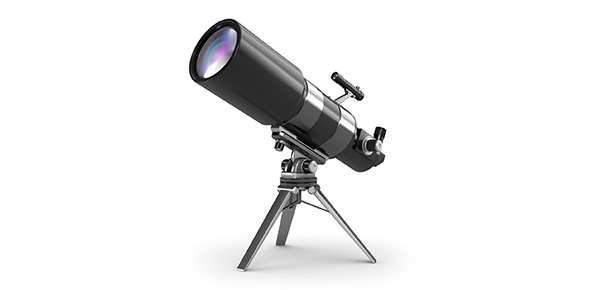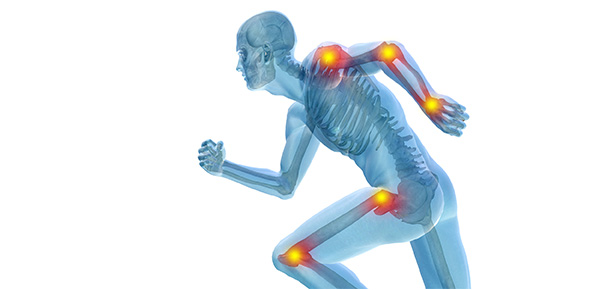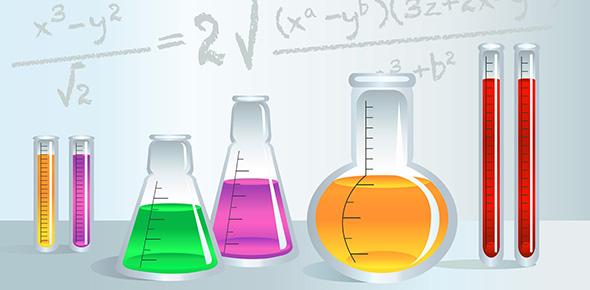Related Flashcards
Related Topics
Cards In This Set
| Front | Back |
|
Reliability
|
Dependable, repeatable results � necessary but not sufficient for validity
|
|
Methods for Estimating a tests Reliability
|
1. Test-Retest Method
2. Parallel/Alternate Forms Method
|
|
Explain Test-Retest Method
|
A. Evaluates temporal stability � consistency over time. Administer test 2 or more times to the same group of individuals.
b. Time 1 + Time 2 = Score
|
|
Advantages & Disadvantages of Test-Retest Method
|
C. Advantage � same test, same people
d. Disadvantage � characteristic might change, time interval.
e. Carryover Effects � being tested on one occasion can affect second occasion or may create desire to be consistent. Optimal time 2-3 weeks.
|
|
Explain Parallel/Alternate Forms Method
|
A. Similar to test/re-test, but form of test changes to an alternate form but still measures the same stuff in content.
b. Compare Correlation between test A & B.
c. High Correlation = Related
|
|
Define Internal Consistency
|
Extent to which items are interrelated in the cumulative. Do items �hang together�
|
|
Tests for measuring internal consistency
|
1. Split-Half Reliability
2. Coefficient Alpha (Cronbach) α or jesus fish
|
|
How to do split half reliability
|
A. Divide test if half and score both parts, do they correlate.
b. Odd/Even Method � sum of #�s 1,3,5,7,9 etc. so order of items is not as important.
|
|
Advantages & Disadvantages of Split-Half Reliability
|
C. Advantages � use same items at the same time
d. Disadvantage � different results based on how you split the times.
|
|
Define Coefficient Alpha (Cronbach) α or
|
A. Better measure than split half.
b. Measures internal reliability
c. Has all advantages as split half
d. Depends on
i. Average intercorrelation of items should be high, higher average intercorrelation = higher α
ii. Number of items 0 �itmes = �reliable
e. Desireable Test Results
i. Should exceed .70
ii. Desireable to be above .90
iii. Self-Esteem Scale = .832
|
|
Errors of Measurement
|
Unwanted variability
|
|
Classical Test Theory (True Score Theory)
|
Observed Score � true score + error (deviation)
Errors are random +/-
s2 =
Ration of true score to true score variability
True Score + Error
|
|
Standard Error of Measurement (SEM)
|
SEM is standard deviation of observed scores
Exresses the expected error or margin of error �average error�
|
|
SEM to get 95% score
|
To get 95% score calc SEM * 1.96 & calc range
|
|
Item Reliability Defined
|
Used to build reliabilty into the test �analyses of individual items of test.
-Goal � to produce reliable test which makes it more likely will have a have valid test.
-Item Reliability - Does item contribute to the reliability of the test. �Hang Together� with other items.
-Item total Correlation � score of item compared to score on other items.
|







